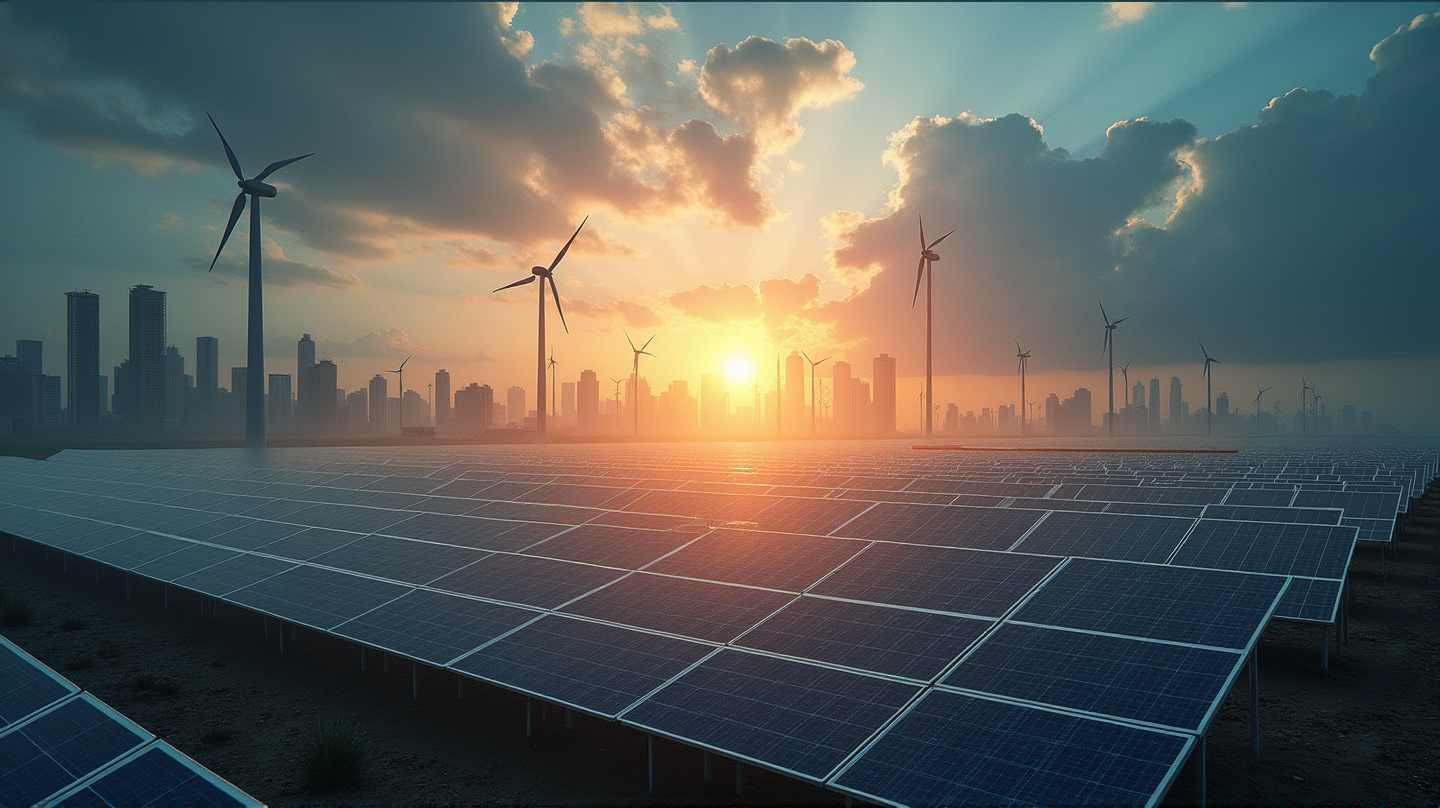In a bold move, Chinese solar giants are on the verge of reorganizing the solar industry by creating formidable oligopolistic power, akin to the workings of oil cartel OPEC. The leading firms are reportedly in talks to establish a vast 50 billion yuan ($7 billion) fund aimed at acquiring and phasing out excess production capacity in the polysilicon sector, a key material for solar panel creation. This step marks a potential pivot towards exerting dominant control within a saturated market, according to TradingView.
A Glint of Opportunity Amidst Overcapacity
China’s solar sector has been grappling with significant overcapacity issues, where the end of last year saw polysilicon capacity reach more than three million tons. This figure starkly contrasts with this year’s projected demand, leading to intense price wars and business insolvencies. Just last year, a staggering 87,000 employees were let go from China’s top solar firms, underscoring the acute stress within the industry.
Learning from the Past
The scenario isn’t entirely unfamiliar. A similar overproduction crisis in 2012 led to a wave of bankruptcies exacerbated by imposed anti-dumping duties from the United States. Drawing lessons from past turmoils, the proposed fund aims to strategically streamline the industry by reducing excesses, potentially easing trade tensions with major global players, especially the U.S. and Europe.
Challenges and Strategic Hurdles
While the proposal manifests a forward-thinking strategy, it also faces formidable challenges. Local governmental bodies and banks may resist, given the sector’s previous strategic significance and financial losses. The success of this ambitious endeavor largely hinges on enticing collaboration from financial institutions and state enterprises.
A Double-Edged Sword
However, as with any major economic restructure, there exists a flip-side. By setting production quotas much like OPEC, the larger solar corporations stand to gain unprecedented control over the industry, effectively sidelining smaller competitors. While achieving Beijing’s goals of ending destructive competition, this could inadvertently dull competitive innovation long-term.
The Road Ahead: A Balancing Act
Ultimately, China’s solar powerplay tackles a delicate balance between reducing excess capacity and fostering a competitive global market. If executed with precision, it could very well set a precedent for other sectors plagued by similar challenges. As the industry awaits the next steps, the stakes remain elevated in this high-stakes bid to reignite China’s solar prominence on the world stage.
